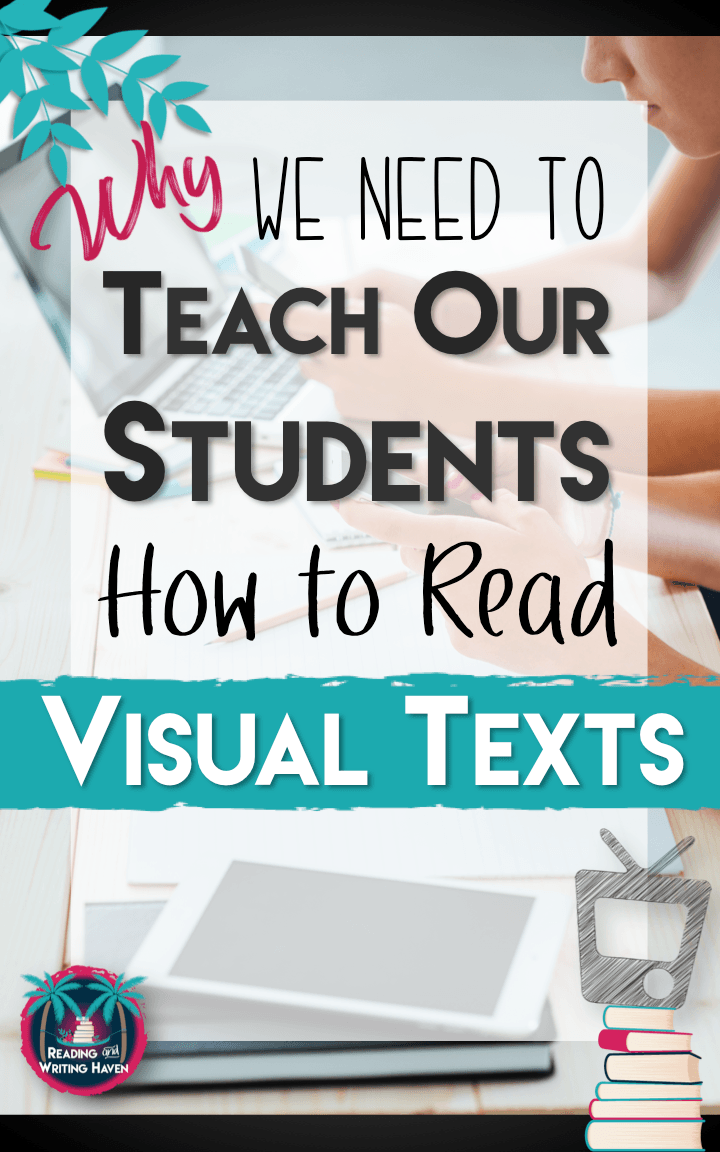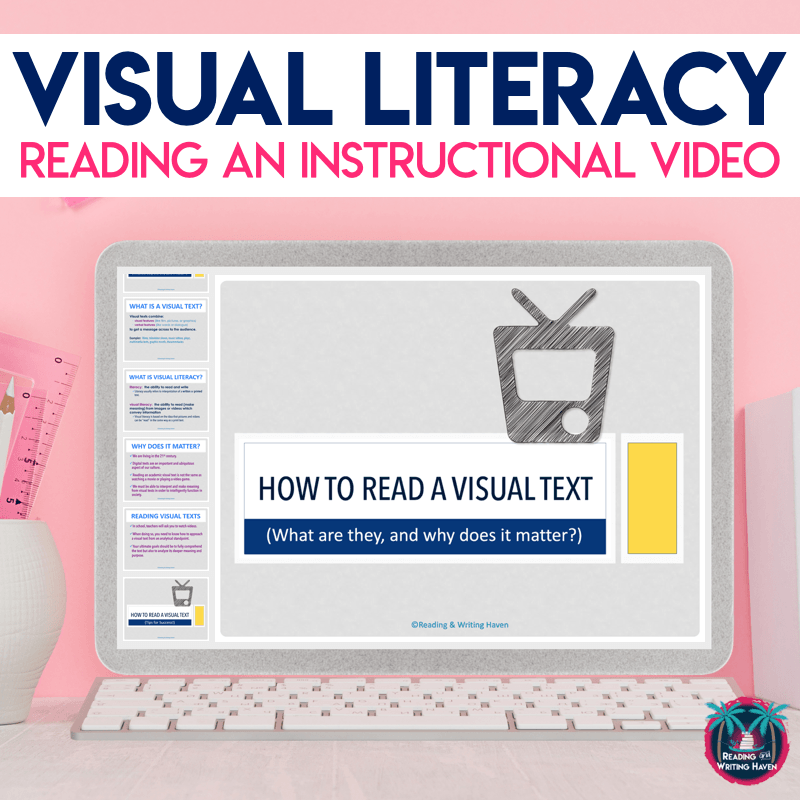Visual Literacy Matters: Why We Should Teach Students How to “Read” Videos
Teaching students to read visual texts is just as important as showing them how to read print texts. In this post, read about why visual literacy needs to be taught explicitly. While visual texts can range from a photograph to an infographic to a movie, for the purpose of this post, I’ll be referring to visual texts specifically as video clips that teachers use to complement their curriculums.
If we have ever been living in a digital age, it’s now. Teenagers, especially, seem to constantly be surrounded by a cloud of technology: movies, television, video games, cell phones, and so on.
When we ask students to watch academic-style videos as class assignments, we often assume they know how to approach visual texts. However, the process of reading an instructional video is usually foreign to students.
Why We Need Visual Literacy Lessons
Consider the flipped classroom. I’ve been flipping my ELA classes for four years, but recently, I’ve noticed interest increase…the pendulum is beginning to swing, and more educators will be adopting this approach partially or fully in the future. When I first began flipping, I’d assign a five to ten minute academic video about a concept we would be studying in class. I’d explain to students how I wanted them to take notes, why it was important, and what we would do with that information the following day. Yet…
So often after they watched a video, they would come to class having retained nothing. I’d ask probing questions, but I’d frequently be looking out upon a sea of blank faces. Naturally, I assumed, They aren’t watching the videos! While that was certainly true for a handful, many of them were looking at the screen. It was just that they didn’t know how to read the texts actively and meaningfully.
When students engage with visual texts at home in the form of movies, YouTube clips, and video games, for instance, they are usually multitasking and watching for enjoyment. It’s no wonder they are confused about why transferring those same “reading” skills to an instructional video fails them.
In order to be intelligently functioning citizens who are able to analyze news, social media, and other visual text sources, students must be able to approach those texts confidently with a specific skill set that will help them succeed.
But how?
Students Need Explicit Instruction
We have to begin by putting ourselves in the shoes of 21st century learners. As I contemplated my students’ lack of understanding, I tried it imagine what they were doing as they watched the clips. All teachers need to anticipate how their students might approach an academic video without instruction.
For instance, many of them might be watching the clip without the sound. Why would they want to listen to a grammar video when they could be jamming out or watching their favorite television series? Or perhaps they are watching it straight through as quickly as they can just to get it done. So used to listening to a live lecture, perhaps it doesn’t dawn on them that they can pause and rewind the text.
We need to address these issues specifically.
Then, and most importantly, we need to MODEL.
In class, play an instructional video. Show students what to do before, during, and after reading a video. Putting it simply, we need to apply what we know about reading comprehension best practices to visual literacy instruction.
Before Reading
- Establish a purpose for reading.
- Preview the information available before actually watching the video.
- Read questions or writing prompts which require responses and keep them in mind while reading.
During Reading
- Watch the clip several times.
- Each time, read with a different purpose (like close reading).
- Practice reading strategies – predicting, connecting, inferring, visualizing, etcetera).
- Try to separate fact from fiction.
- Analyze the intended audience and author’s purpose.
After Reading
- Consider the reliability / credibility of the information.
- Reflect on areas of understanding as well as areas of confusion.
- Ask questions for clarification.
- Pose discussion or extension questions.
When asked, many students could tell us what they should be doing to interact with a print text. Could they do the same for a visual text? I argue they could, and SHOULD! However, it might not occur to them to do so.
After all, there’s really not so much difference between how we read visual texts and how we read novels. Sometimes coming to that realization and adjusting our instruction appropriately is exactly what students need to succeed.
After equipping students with these strategies, is it possible that they will still fall back on old habits? Possibly! But. We have to give them a fighting chance.
How do you teach visual literacy in your classroom? Please share your ideas in the comments. Let’s learn together. As always, making learning engaging and meaningful is our goal.
RELATED RESOURCE
This is the lesson I use with my students before sending them off on their own to watch an instructional video. You can check it out by clicking on the image below. Happy teaching!


